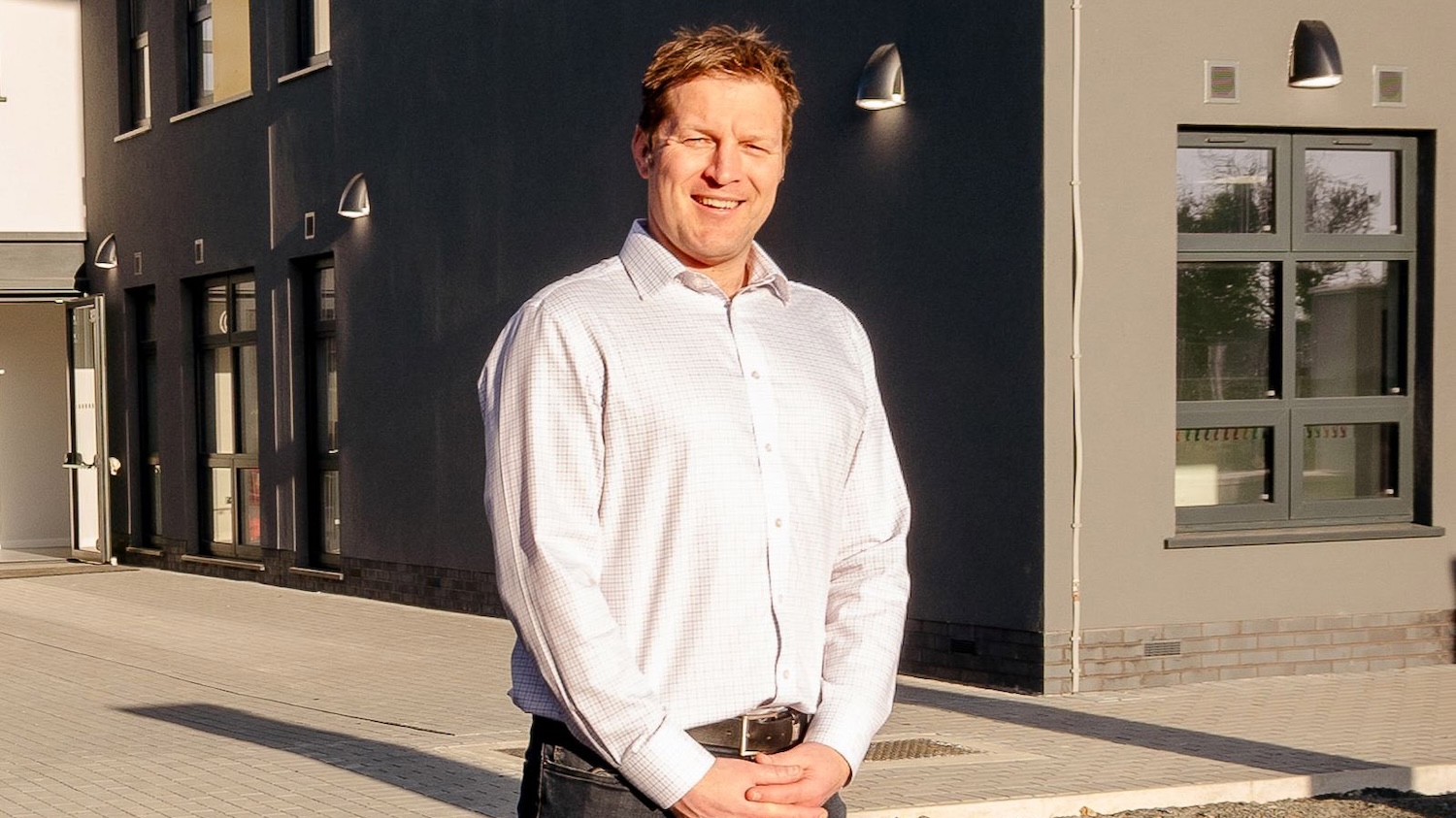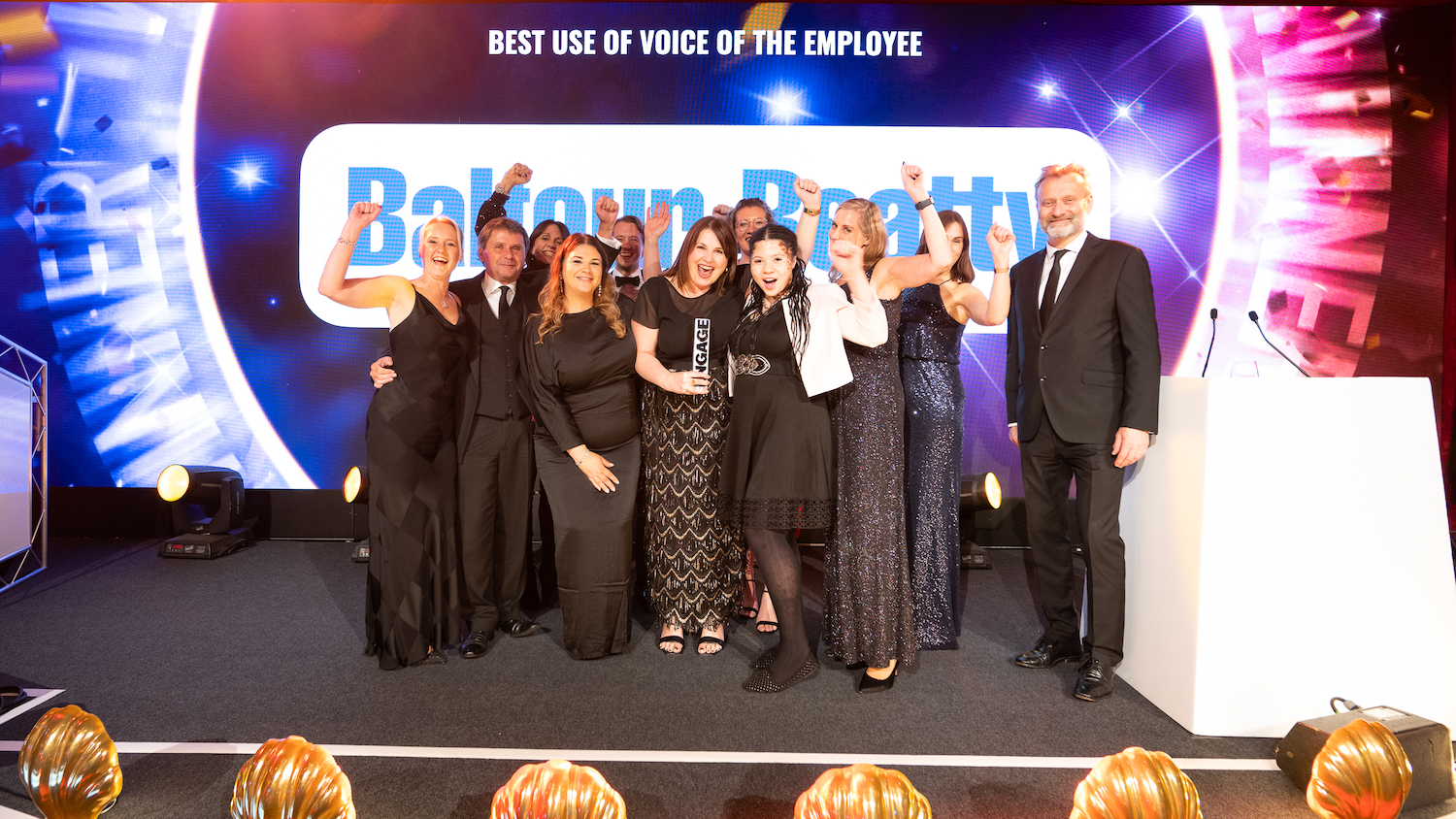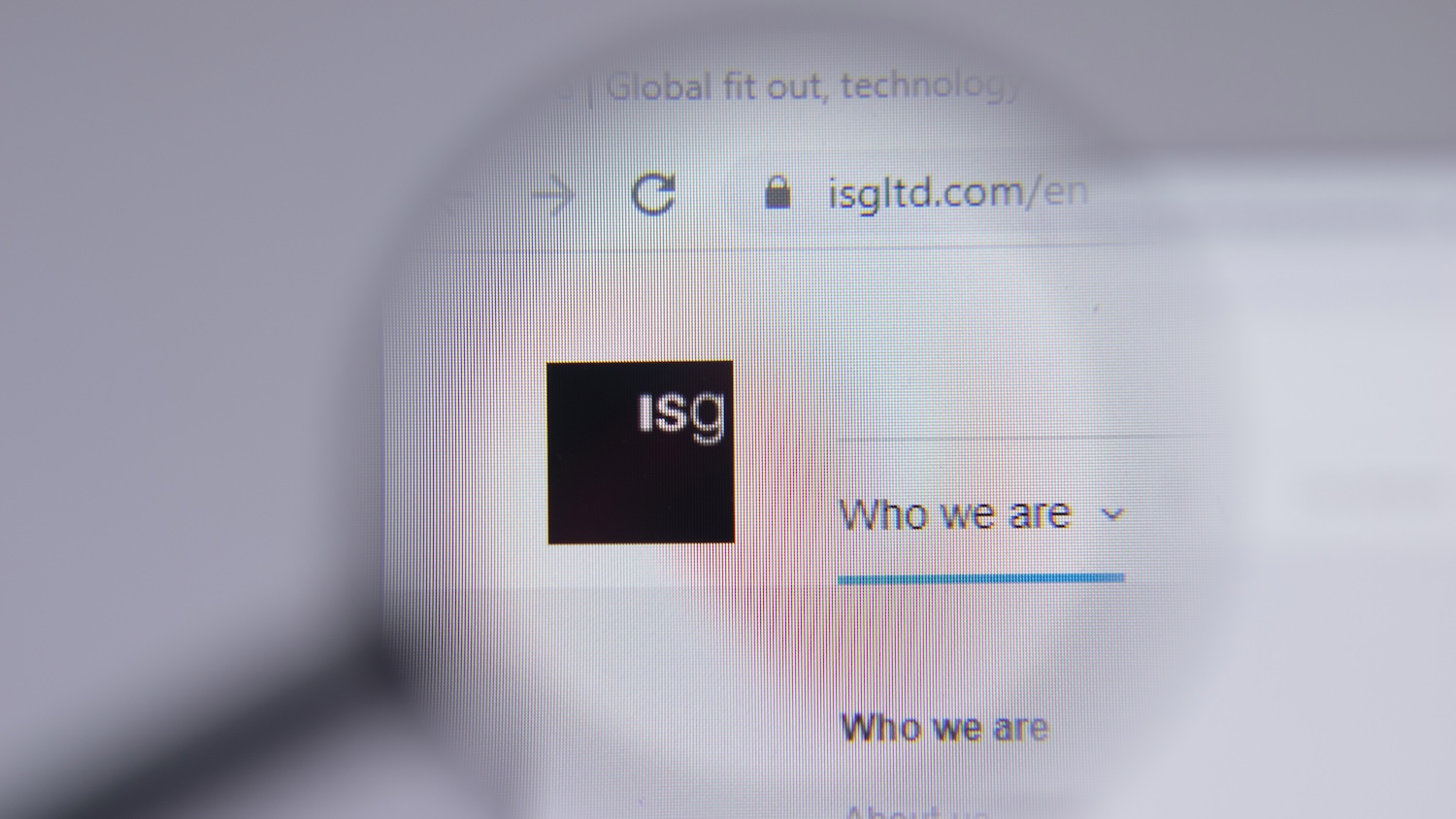
Employee ownership trusts: what are the pros and cons?
The option of selling companies to employees is providing an interesting alternative route for business owners looking to hand over greater control
Increasing numbers of businesses are reaping the benefits of selling to their employees. So how exactly do these transactions take place – and what are the advantages and challenges of making such an exchange?
Introduced in September 2014, employee ownership trusts (EOTs) are a government initiative that aims to promote employee ownership by giving business owners the opportunity to sell their shares to an employee-owned trust, free from capital gains tax.
More traditional options for business sales include selling to another company, to the management or to the public through a listing on the stock exchange.
To take an example from the built environment sector, Arup has been employee-owned since 1977 and other businesses in the industry are increasingly following suit: Curtins, Buckingham Group, McGee and Kilnbridge, to name a few.

Curtins’ EOT journey
Curtins chief executive Rob Melling discusses the company’s route to becoming an EOT
Becoming an EOT has been truly aligned to our principles of making sure our people are at the heart of our business.
We’ve always strived to give everyone at Curtins a say, but their voices have been amplified by the EOT model.
Our employee forum meets regularly to represent the thoughts and views of colleagues, and acts as a direct conduit to the board of directors.
Our model of hybrid working was shaped by feedback from the forum – for example, by continuing to help inform our direction of travel on behalf of all employees.
The ability to share in our financial performance has also provided a greater level of reward for the efforts of our team.
I believe this is having a positive impact on the service we provide to our clients too. While staff have always placed clients highly and work well to deliver what our clients require from us, they have a greater sense of belonging now.
This has magnified their desire to achieve our company objectives, and serving clients is at the heart of that.
We sought a lot of advice and guidance on transitioning to an EOT and were well aware of the stumbling blocks we might encounter.
But Curtins has always been independent and the values of our founder, Bill Curtin, guide our employees in a common purpose. We know who we are and where we want to go.
It’s this common goal that enabled a smooth transition. Now, 20 months on, we’ve been able to reflect on this journey.
However, it almost feels as if nothing has changed because what we have done is so aligned with Bill Curtin’s philosophy and business principles.
Controlling interest
In practice, EOTs do not actually involve direct share ownership by employees. Instead, a controlling interest in a company is transferred to an all-employee trust, which is then held for the benefit of employees.
According to Elizabeth Bowdler, senior manager at professional services firm PwC, sale to an EOT offers many benefits for companies and employees. These include “aligning the goals of stakeholders and employees” and “improved employee retention and morale”.
Linked to this, employee ownership can increase productivity and employee engagement. It can also lead to improved business performance.
Meanwhile, deposits into the trust can be made free from capital gains tax and inheritance tax, and the EOT can pay annual bonuses of up to £3,600 to employees, free of income tax.
Employee engagement
Matthew Emms, share plans and incentives partner at accounting firm BDO, identifies employee engagement as a key benefit.
“We’ve worked with a lot of companies from all sectors and they’ve been really successful transactions,” he says.
“A lot of companies have told us it’s been a real game-changer for business. You find the productivity has gone up – people are working longer and harder; they’re more engaged. And, as a result, companies are more productive and more profitable.”
In the manufacturing sector, for example, transitions to EOTs have solved a problematic waste issue.
Emms explains: “The directors have effectively said [to employees]: ‘Look, this is your business. So, all the waste we’ve been trying to address for years is costing you now.’
“The amount of waste they’ve had in some of these businesses has halved almost overnight because employees are just much more careful. They are now holding each other to account and saying: ‘This is our business, and we need to make it successful.’”
Taking the EOT route
So how exactly do companies access the EOT route? In a nutshell, employers can sell a minimum of a controlled interest in a company to the trust: from 51% to 100% of shares.
According to PwC partner Daniel Harris, over the past 12 months the company has seen “a significant increase in the number of companies being sold to EOTs” and he has been “pleased to help owners and companies with their journey to becoming employee owned”.
Meanwhile, over the past few years, the number of EOT transactions has increased by 1,000%, from approximately 50 in 2018 to around 500 in 2022.
Words of warning
Harris does have some words of warning. “An EOT transaction is not something to be taken lightly as it is a fundamental change in the way that company is run and governed. Companies will need to seek commercial, tax, legal, valuations and potential debt advisory advice.”
Bowdler adds that the main challenges of a sale to an EOT largely occur when, from a commercial perspective, it is not the right choice.
For example, if the owner wants to retain a controlling interest, there is an uncertain governance structure, or cashflow projections make the sale unaffordable.
Generally, Emms feels that as long as companies get the right valuation, do not try “to inflate the valuation” and do not try to “extract the value too quickly” it can be a “fabulous transaction”.

It’s a no-brainer from the employees’ perspective because they’ve got everything to gain and nothing to lose… From the selling shareholders’ perspective, there is a bit more of a risk
He continues: “It’s a no-brainer from the employees’ perspective because they’ve got everything to gain and nothing to lose.
“From the selling shareholders’ perspective, there is a bit more of a risk because if I’m selling the business to my employees, they’re going to pay me over seven years out of retained profits. If the business takes a downturn, I might not get all the money.
“If I’m selling it to a trade buyer, they will probably pay me 80% upfront and then 20% subject to some form of earnout. [As a result] I’m going to get my money a lot faster and there’s less risk for me.”
Harris adds: “On setting up an EOT, funding will be required to allow the purchase of shares from the existing owners. The seller will often be paid for their shares out of future revenue generated by the company.”
In addition, a shareholder selling to an EOT may “need to be around within the business for at least a transitional period", Emms says.
Younger teams
As such, many companies that transition to employee ownership tend to have younger management teams.
“They’re still engaged in the business and potentially still looking to grow it, but they’ve got one eye on the employee benefit as well as themselves,” Emms says. “So, there’s a dual purpose there.”
EOTs can appeal to companies where management do not want to sell to a larger organisation, which could result in significant changes to workplace, culture, terms and conditions and IT systems.
The EOT initiative can also appeal to business owners who have built up a business and work for themselves.
Emms explains: “If they sell to their employees, they’re still kind of running the business for the employees and they’re still their own boss, which really appeals to a lot of people.”
Overall, however, Emms believes “there’s still an awareness issue” around EOTs and that more can be done “in terms of trying to share the benefits”.
“People become aware of it when they speak to another director of a business,” he says. “One of the first steps I often do when I start talking to a company is to introduce them to one or two employee-owned businesses. They can talk to companies that have been through the process and make a decision whether they think it’s the right thing for them.”
Comments
Comments are closed.








Can you explain how owners are paid for their controlling shares please. I presume cash in the business can be paid at POS as long as it doesn’t damage the performance of the company and then owners are paid the agreed amount for their shares o we time via profits that again can be paid without damaging performance ie if the cash was earmarked strategically to benefit the business it can’t be used to pay off owners ( is this right ?)